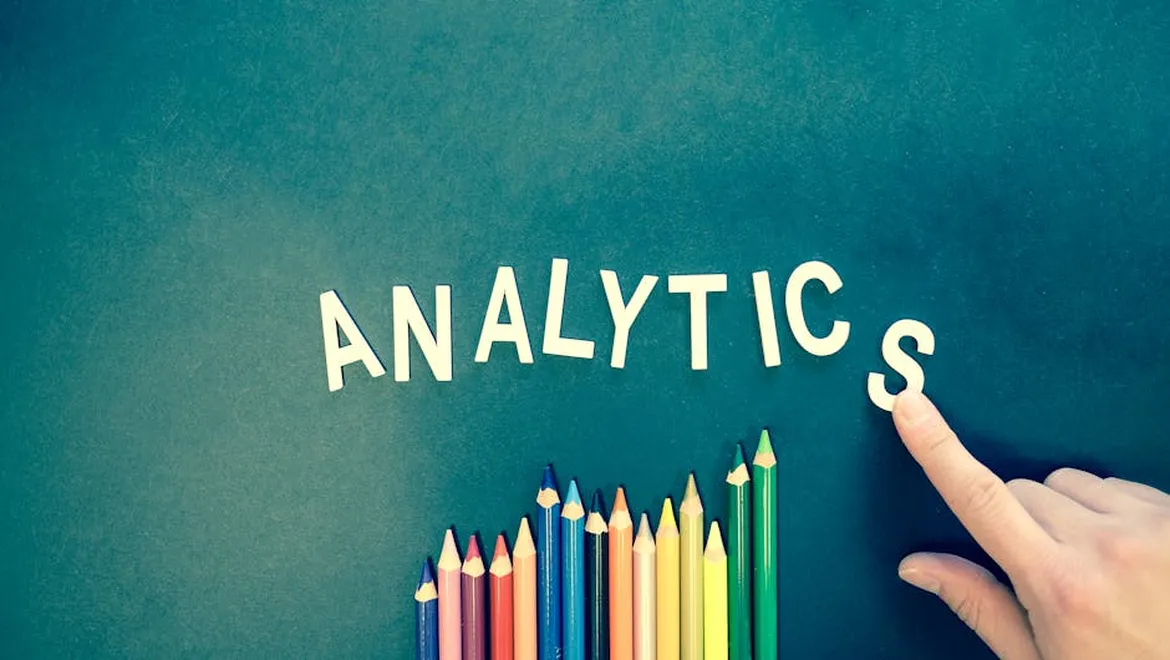Embarking on my journey to craft proactive social media marketing campaigns using predictive AI models was akin to discovering a treasure trove of untapped potential. The integration of AI into marketing strategies has revolutionised the way we approach audience engagement, content creation, and campaign optimisation. Here’s a detailed walkthrough of my experience and the step-by-step process that can empower you to harness the power of predictive AI for your social media endeavours.
Understanding Predictive AI in Marketing
Predictive AI models leverage historical data to forecast future trends, behaviours, and outcomes. In the realm of social media marketing, these models can predict what type of content will resonate with your audience, the optimal times for posting, and even identify potential leads. The first step is understanding that predictive AI isn’t just about automation; it’s about intelligent automation that provides actionable insights.
Step 1: Data Collection and Preparation
The cornerstone of any predictive AI model is data. I started by collecting extensive historical data from all relevant social media platforms. This included:
– Engagement metrics (likes, shares, comments)
– Post performance (reach, impressions)
– Audience demographics (age, gender, location)
– Behavioural data (click-through rates, conversion rates)
Using tools like Google Analytics, Facebook Insights, and Twitter Analytics, I amassed a robust dataset. Ensuring the data was clean and structured was crucial. I used data preprocessing techniques like removing duplicates, handling missing values, and normalising data to prepare it for analysis.
Step 2: Choosing the Right Predictive Model
With data in hand, the next step was selecting the appropriate predictive model. I explored several AI algorithms, but ultimately focused on time-series forecasting and regression models. Time-series forecasting is particularly effective for predicting future engagement trends based on historical patterns, while regression models help understand the relationship between different variables (e.g., how posting time affects engagement).
I opted for Python’s Scikit-learn library, which offers a comprehensive suite of machine learning tools. For time-series forecasting, I utilised Facebook’s Prophet model, renowned for its accuracy and ease of use.
Step 3: Model Training and Validation
Training the model involves feeding it historical data so it can learn patterns and make predictions. I split my dataset into training and validation sets, typically using an 80/20 split. The training set helps the model learn, while the validation set evaluates its performance.
During training, I paid close attention to key metrics like Mean Absolute Error (MAE) and Root Mean Squared Error (RMSE) to gauge the model’s accuracy. Fine-tuning the model by adjusting parameters (like learning rate and regularisation terms) was essential to optimise performance.
Step 4: Generating Predictions
Once the model was trained and validated, it was time to put it to work. I used it to generate predictions on future social media trends, such as:
– Optimal posting times
– Projected engagement rates
– Content types likely to perform well
These predictions were then integrated into my social media strategy. For example, if the model predicted higher engagement for video content posted in the evenings, I adjusted my content calendar accordingly.
Step 5: Implementing and Monitoring the Campaign
With predictions in hand, I crafted a proactive social media campaign. This entailed:
– Scheduling posts based on predicted optimal times
– Creating content tailored to predicted audience preferences
– Engaging with followers based on predicted interaction patterns
Monitoring the campaign’s performance in real-time was crucial. I used tools like Hootsuite and Buffer to track key metrics and compare actual performance against AI-generated predictions. This constant feedback loop allowed for dynamic adjustments, ensuring the campaign remained agile and responsive.
Step 6: Continuous Learning and Improvement
One of the most valuable lessons from this journey is that predictive AI models thrive on continuous learning. Regularly updating the model with new data ensures it remains accurate and relevant. I established a routine of monthly data reviews and model retraining sessions, ensuring my social media strategy evolved alongside changing audience behaviours and trends.
Bringing It All Together
Crafting proactive social media marketing campaigns using predictive AI models has been a transformative experience. By leveraging historical data, selecting the right predictive models, and continuously refining my approach, I’ve been able to anticipate audience needs and optimise engagement like never before. The key lies in understanding the symbiotic relationship between AI and human creativity – where the former provides data-driven insights and the latter brings those insights to life through compelling content and strategic execution.
This journey has not only enhanced my marketing prowess but also underscored the importance of adaptability and continuous learning in the ever-evolving landscape of social media marketing.











